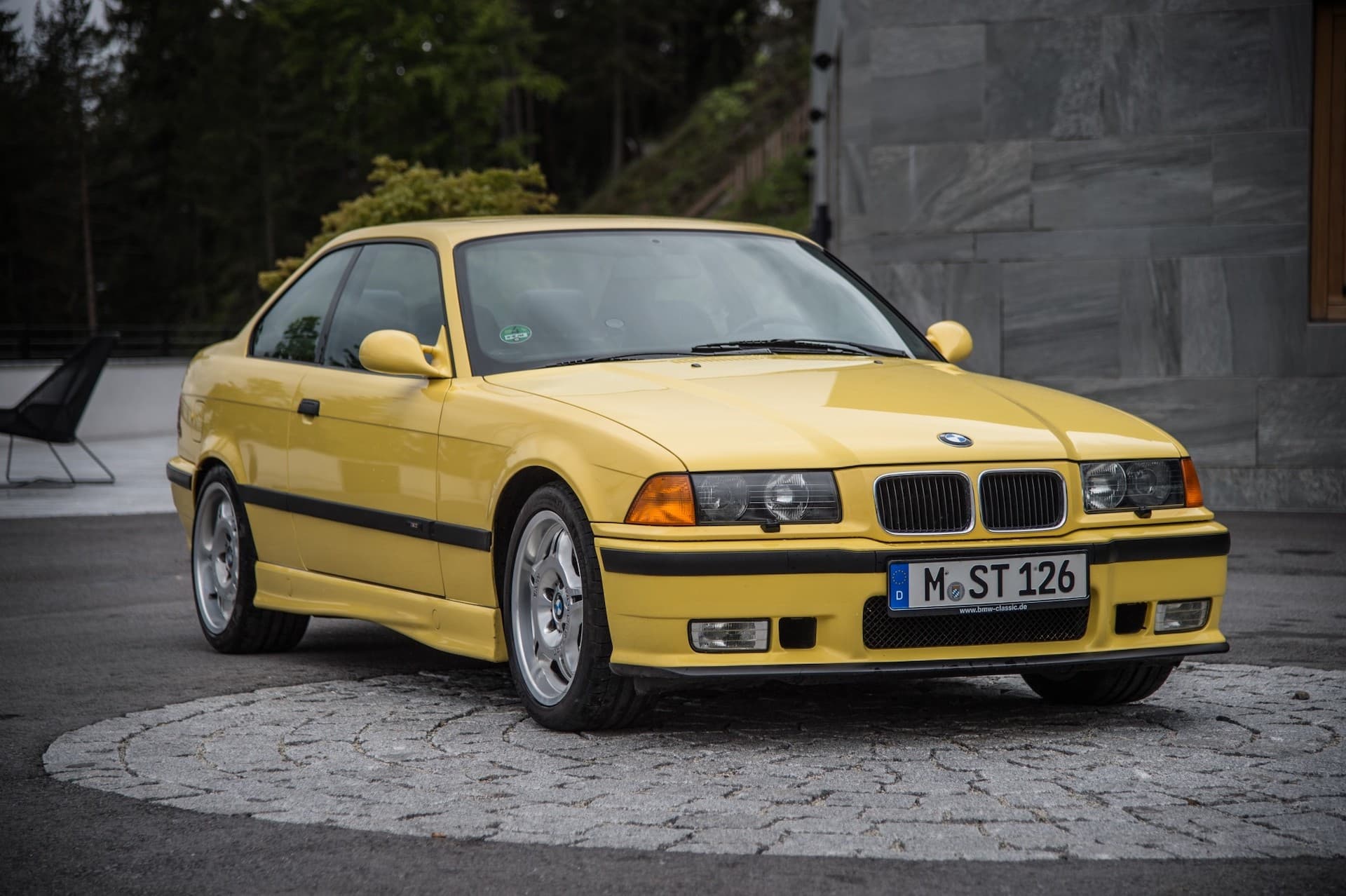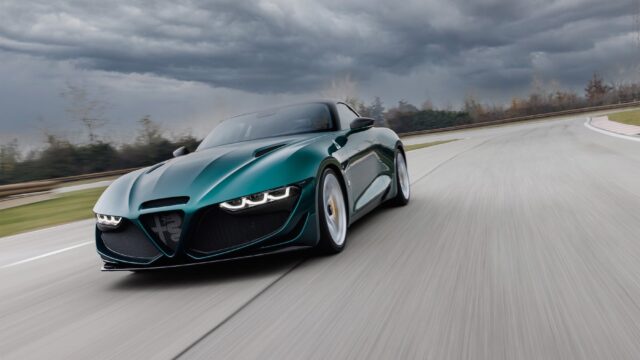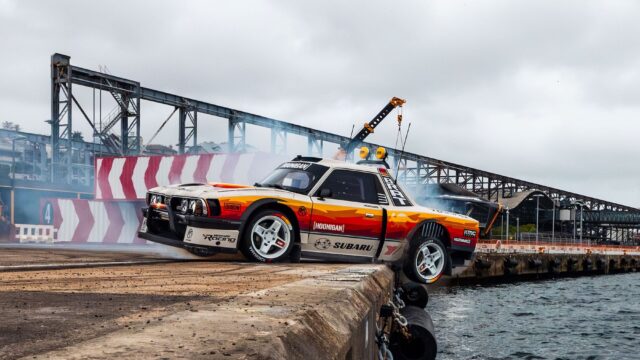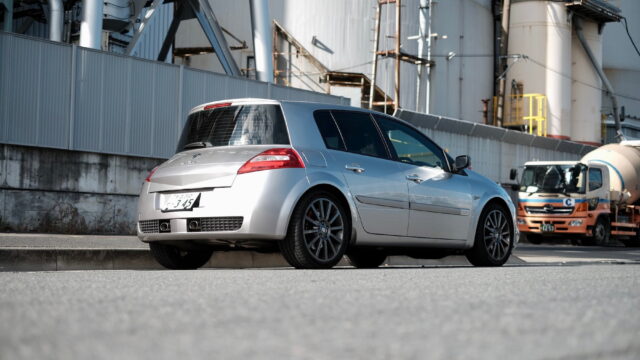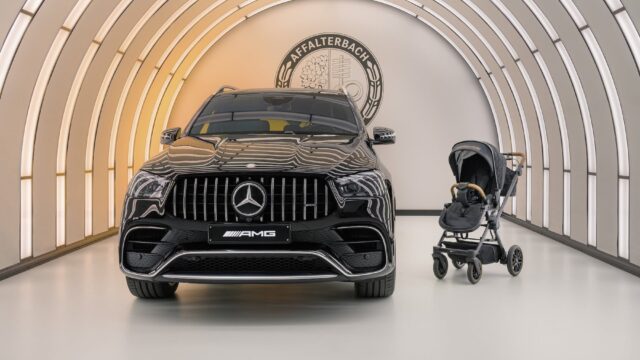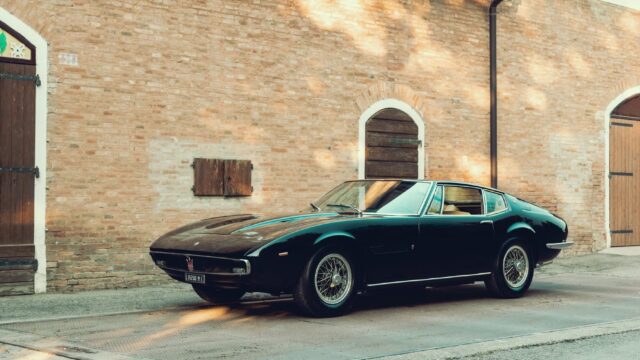In 1992, BMW M launched the M3 E36, the second generation of the BMW M3 high-performance sports coupe. It featured a modern design, significantly increased power and improved comfort and practicality. Although relatively modest compared to the flamboyant exterior of its predecessor, the M3 E30, a closer look at the details reveals that it has inherited M’s distinctive motorsport DNA, while at the same time finding its own identity on a new path.
First M3 with six-cylinder engine.
The M3 E36 was designed with the engine in mind and was powered by BMW’s signature S50B30 in-line six-cylinder naturally aspirated engine. This engine combined the best of both worlds: a silky, turbine-like drive and an emotional, uncompromising racing engine feel.
Innovative technology
One of the major innovations of the BMW M3 E36 is the Variable Camshaft Adjuster (abbreviated VANOS), which is used here for the first time: VANOS constantly adjusts the camshafts so that maximum torque is achieved both in the partial load range (half throttle) and in the full load range (full throttle) and this advanced technology enables the engine to be optimised in different speed ranges. The unit also produces 286 hp at 3.0 litres, with an output of 95.7 hp per litre, which is impressive enough by today’s standards for the litre output of a classic naturally aspirated engine.
Externally, the 3 Series features aerodynamically elaborate M side mirrors, as well as front and rear aprons and special 17-inch wheels. The 3 Series chassis has also been lowered by 3 cm to benefit the vehicle’s centre of gravity and handling.
More advanced M3 E36
In autumn 1995, the model underwent a model upgrade (minor change). Exterior changes were limited to details such as clearer indicator lenses and a new kidney grille design, but a range of technology was introduced in terms of performance. The S50B32 engine replaced the S50B30, and with its 3.2-litre displacement and maximum output of 321 hp, it took the M3 E36 to 100 km/h in 5.5 seconds, around 0.5 seconds faster than before. The transmission was also changed from the conventional five-speed to a six-speed manual transmission, and the following year a model with a sequential M transmission was introduced. In addition, to maintain the potential of this new M3 E36, a compound braking system was used, the new design of which reduced unsprung weight and significantly reduced the effects of heat.
| Production | 1992 – 1999 |
| Engine | S50B30 3.0 litre inline 6-cylinder engine S50B32 3.2 litre inline 6-cylinder engine (facelift model) |
| Transmission | 5-speed manual 6-speed manual (facelift model) |
| Max. output | 286 hp 321 hp (facelift model) |
| 0 – 100 km/h | 5.5 seconds (facelift model) |
M3 Convertible
M3 GT
This special edition car, produced in a limited edition of 356 units, was announced only a few months before the M3 E36 underwent minor changes. All cars were painted in British Racing Green and the performance of the engine was increased to 217 kW (295 hp) without any change in displacement. The car also received a rear spoiler as standard, aluminium doors and other performance-enhancing modifications.
M3 Compact E36 1996
A prototype based on the body of the 3 Series Compact built by BMW M GmbH in 1996, the BMW M E46 is the starting point for BMW M compact sports cars. It featured a characteristically short rear overhang, low vehicle weight and was also equipped with Recaro sports seats and roll bar, as well as a four-pipe exhaust system that foreshadowed the BMW M3 E46.

